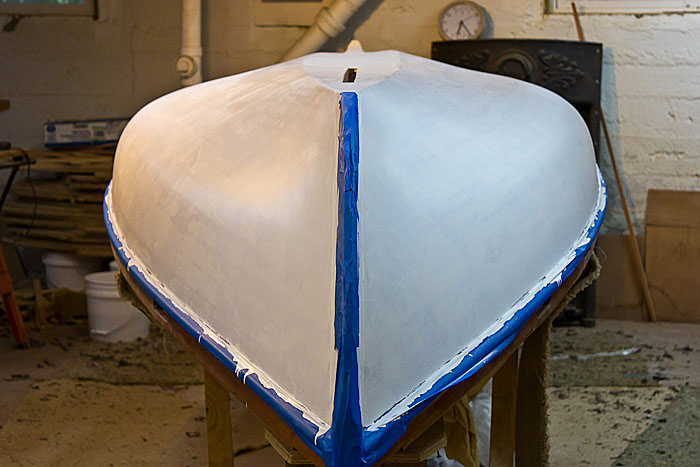 Second coat of primer, ready for sanding.
Second coat of primer, ready for sanding.
You never finish sanding. You just sort of give up. I’m stubborn, so I had to give up three or four times.
Surely, thinks me, I’ve been sanding for weeks. But I looked at the calendar and it’s only been ten days. Overall, though, the job has been going on a very long time, spread out over years, in fact. It’s such a big job it’s best to do a little here and there whenever there isn’t anything else to do. It starts, of course, when the hulls are still bare wood, and never really stops. If you added it all up it would be a solid month of sanding, no doubt about it.
I started with cabinet scrapers, which are great for taking off drips and sags quickly. Then gave up. Then I got into it again. sanding the raw epoxy as much as possible with a long board. Because the board skims across the surface and doesn’t touch the dips, the long board shows all the bumps and ridges clearly, making them dull white and leaving the rest shiny. You go as far as you can, ideally taking the ridges down to the level of the valleys. In some places that just isn’t possible, so I gave up and switched to hand sanding to work a tooth into the whole surface.
Did that as much as I could stand, and gave up, and they got a first coat of primer. The first coat of high build primer, Interlux Pre Kote, gets sanded almost completely off. The point of the first coat to fill the low spots, pits and craters and valley up to what’s left of the peaks . Knowing this, I spread that first coat with an auto body squeegee instead of a brush, saving both time and paint, because it doesn’t put a thick coat of primer where it will be sanded off completely anyway. That gave the first indication of how rough the surfaces really were. Yikes! They looked like the surface of the Moon.
Then I sanded. All day on the weekends. Every night after dinner. Sometimes a few hours before dinner.
Then I gave up and rolled on the second coat of primer.
The following Saturday, I sanded all day. The girls asked me what I wanted for Father’s Day. I said help sanding. So last Sunday, Amanda and Emily and I spent most of the day sanding. (Thanks girls!) Next year I’ll probably get a tie.
Still there was more to do. So again, every night after work, more sanding.
One night the power went out. No lights, no sanding. I tried walking in the field, but I got ticks. I tried playing with the dog, but he slobbered on the ball. I tried reading in the yard, but then it got dark. I got out the camp lanterns and sanded some more.
I gave up at last, again, tonight. The boats are definitely not fair. There are all kinds of kinks and ridges that I couldn’t see in the distracting grain patterns of the wood originally, but they really stand out once you coat everything in one color and start sanding.
A couple of serious ones seem to have been there all along, like the strips popped off the molds at some point and I didn’t notice before glassing in them in permanently. They were too big to sand down completely without exposing the fiberglass fabric. Would have taken a pretty thick slathering of epoxy fairing compound to get them truly fair. I didn’t want to do that. I’m ok with it as they are – wood is, after all, an organic material. Imperfection is part of the, ahem, charm.
Gave up, again, for the last time tonight, then vacuumed the hulls and the floors.
Then taped everything off again in preparation for tomorrow.
Just for the record, I started this process with a long board, which helped knock down the high points first. Then tried a random orbital sander. But in the end I found the best thing was simply hand sanding. That way I could actually feel where the imperfections were and give them as much attention as they would bear. Less noise, and less dust, too. So, during this whole exercise, except for a couple of passes, it was all done by hand.
In the future, I would probably sand a tooth into the whole surface first thing, then use a squeegee to skim on a finish coat of epoxy. The hard epoxy will make a more durable base than the soft primer, which will likely gouge easily. It will also go a long way toward smoothing the surface before the serious sanding starts. Then the primer would only need to fill the smallest pits and imperfections.
Tomorrow, I’ll vacuum the boats again, then wipe them down.
And then they’ll get their first coat of real paint.
Sunday they’ll get another.
If all goes well, by the end of the weekend they’ll be wearing their Sunday-go-to-meetin clothes.
melonseed skiff, mellonseed skiff, melon seed, mellon seed

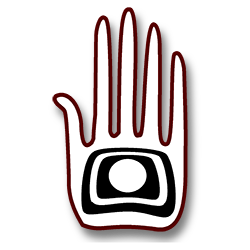
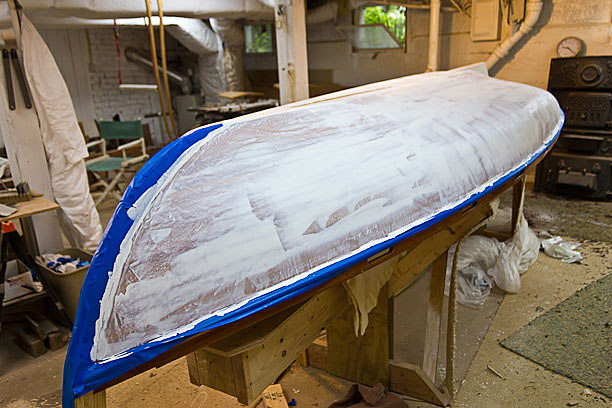


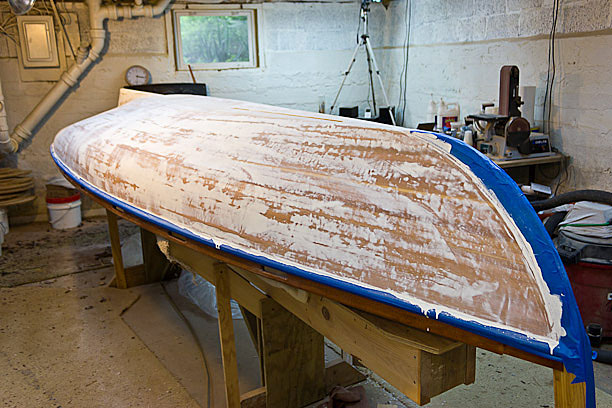
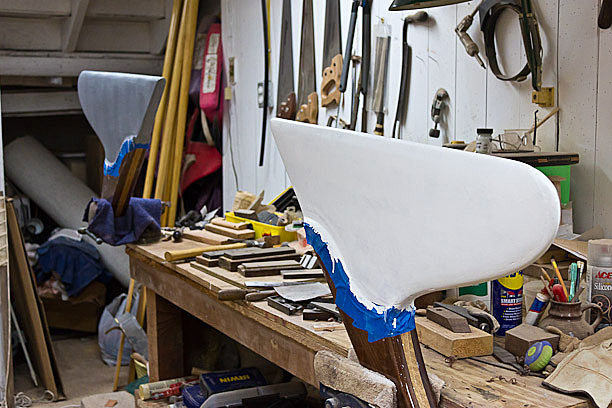
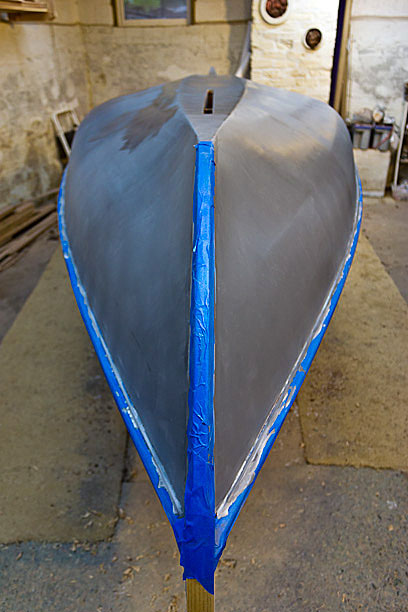
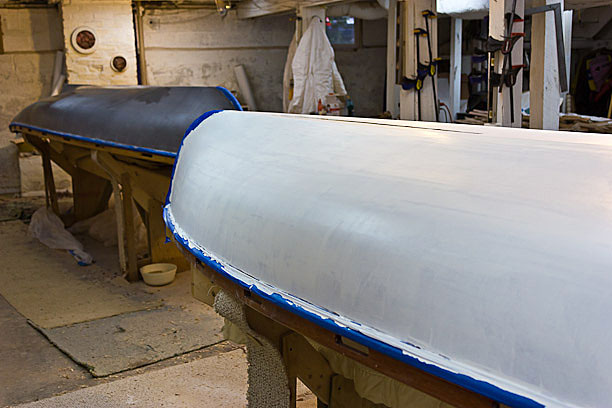



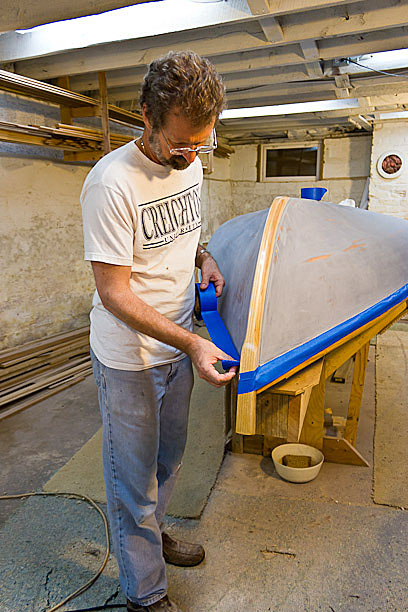

Wait! I think you missed a spot. Right…. there!
🙂
Saturday, June 25, 2011 – 09:22 PM
Yep…. Epoxy thickened with Cabosil smeared on with a big squeegee would be the way to go…. I too figured that out After my first coat of high build primer….. Oh Well…
Very true. You often don’t know you’ve taken the long way until you think you’re already halfway there.